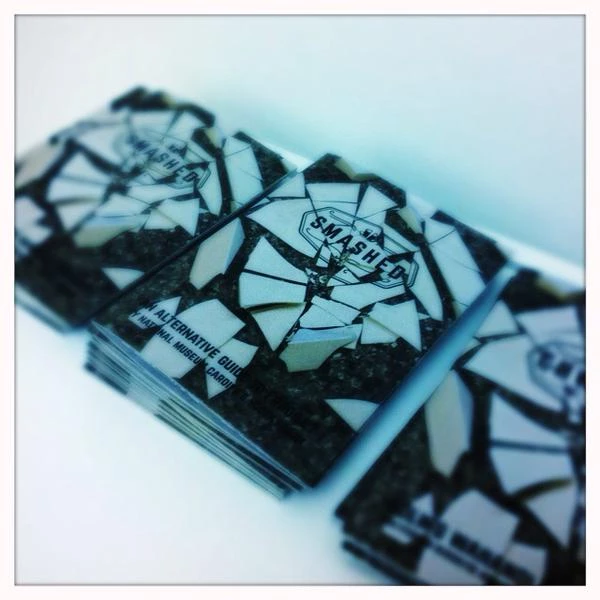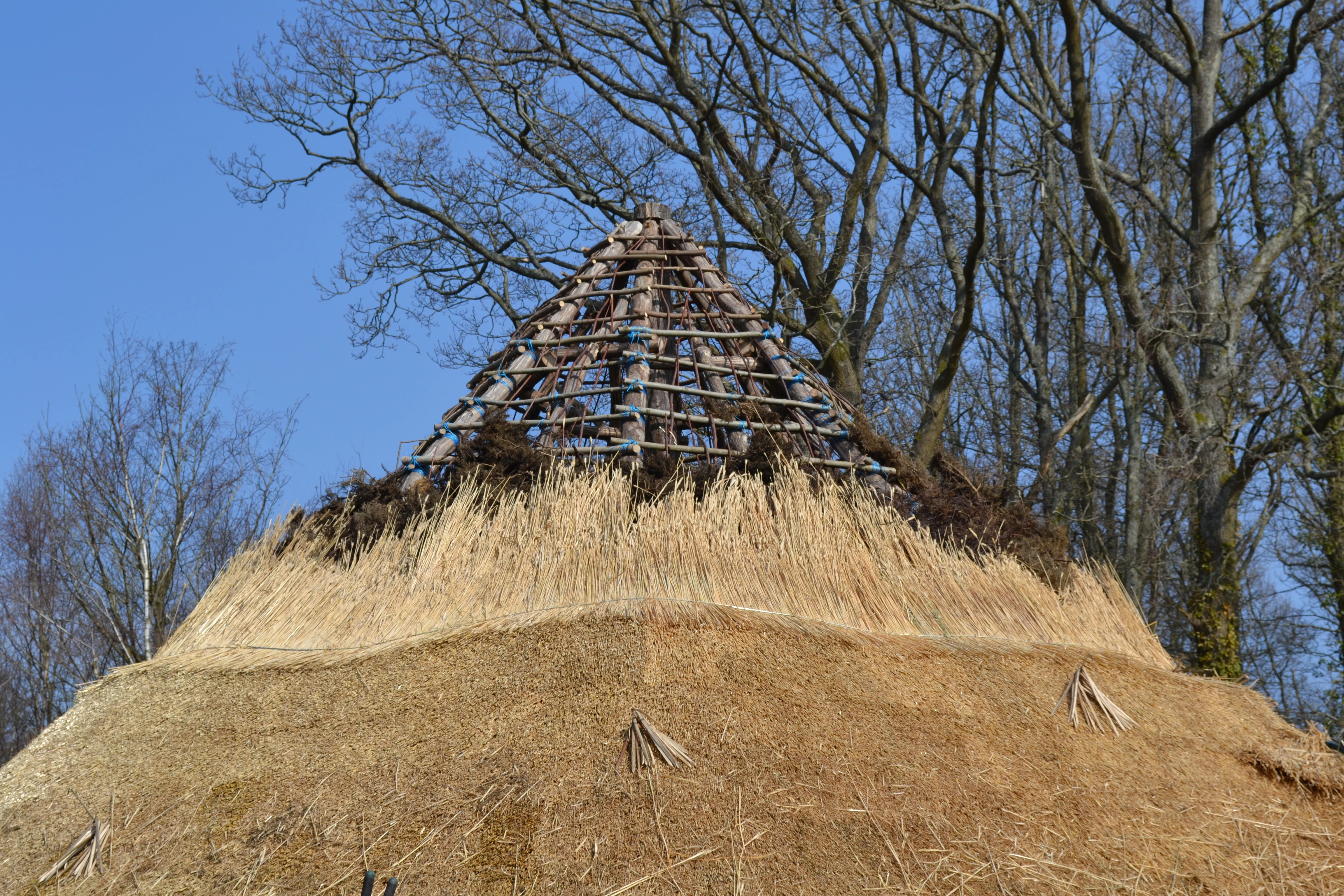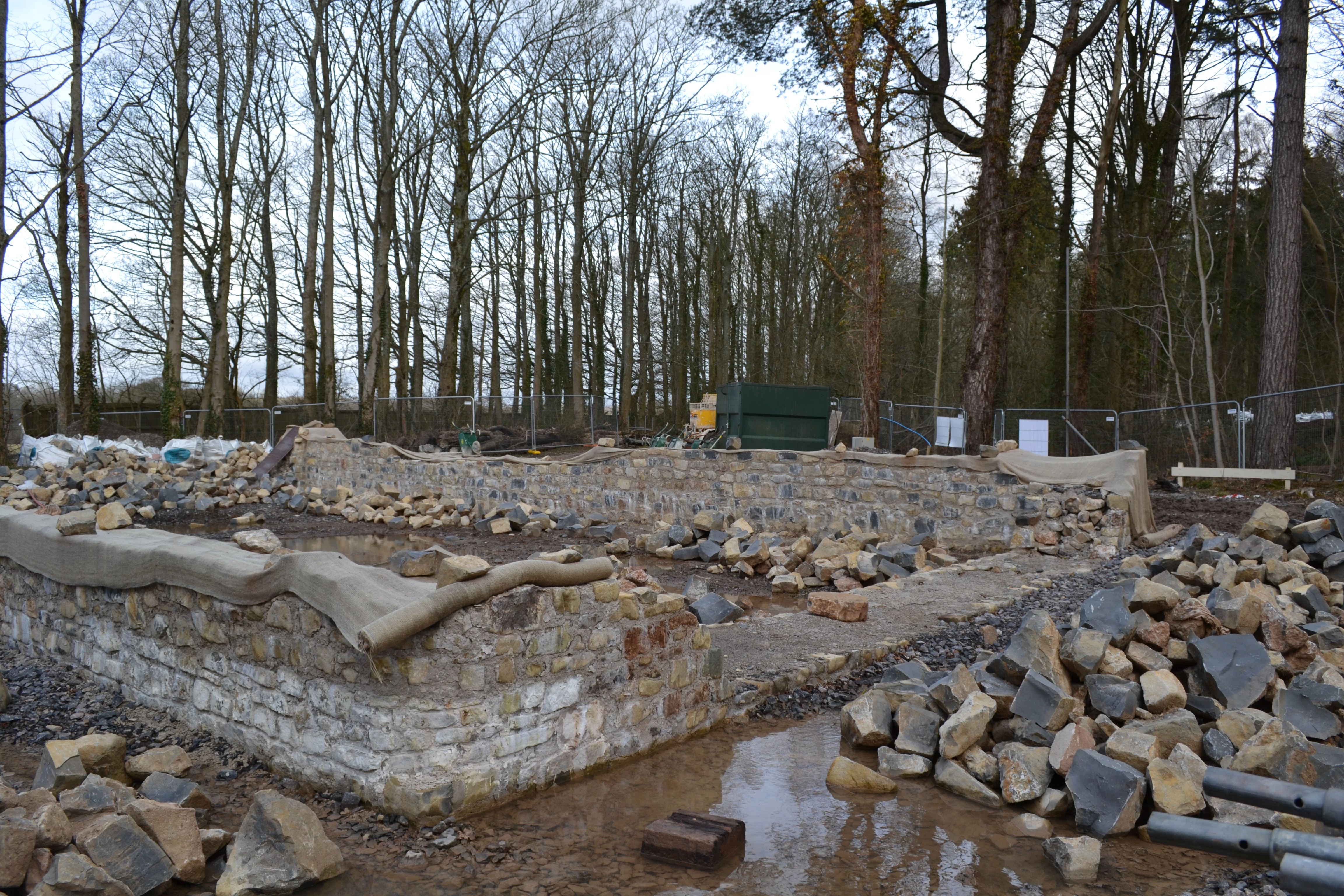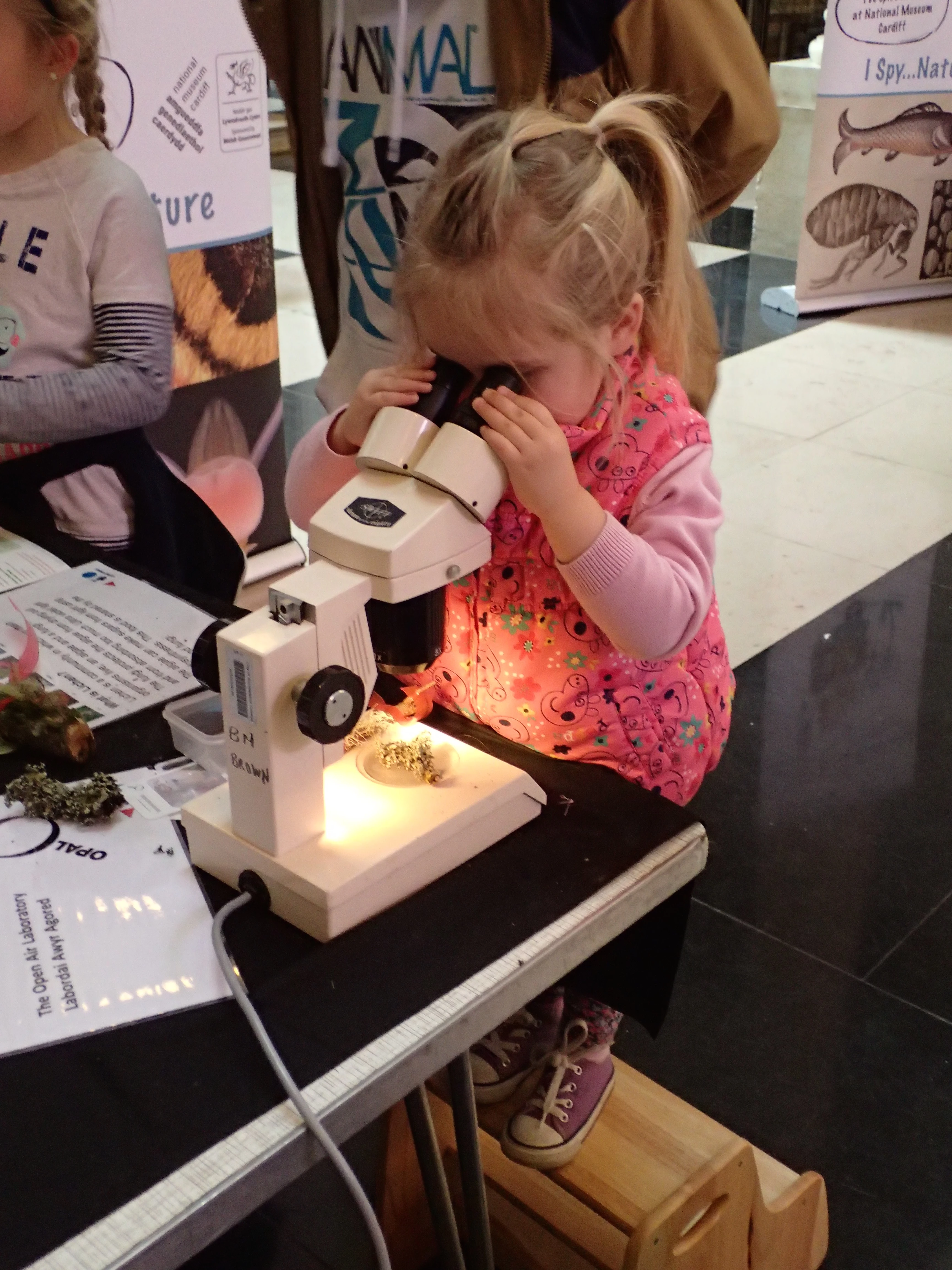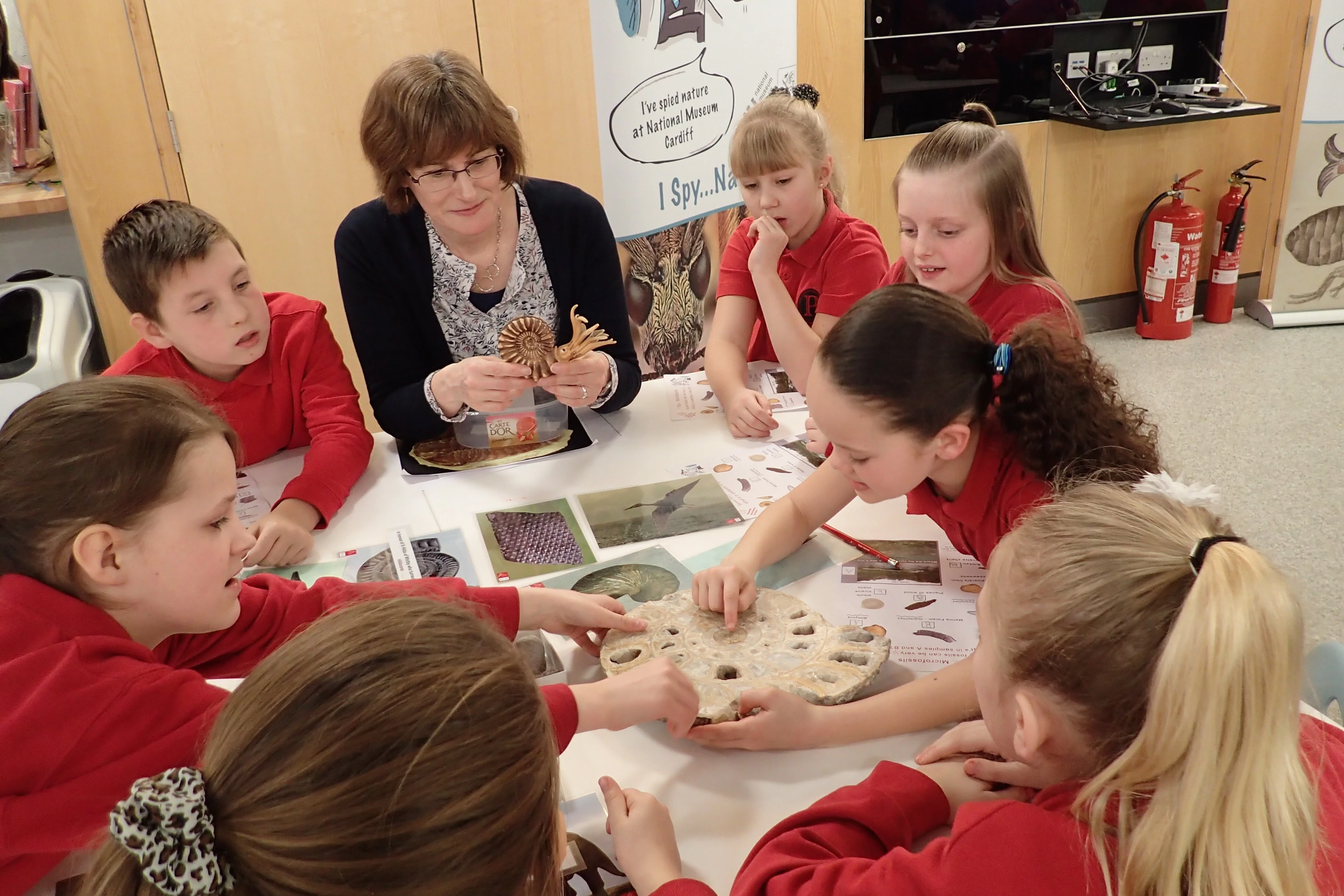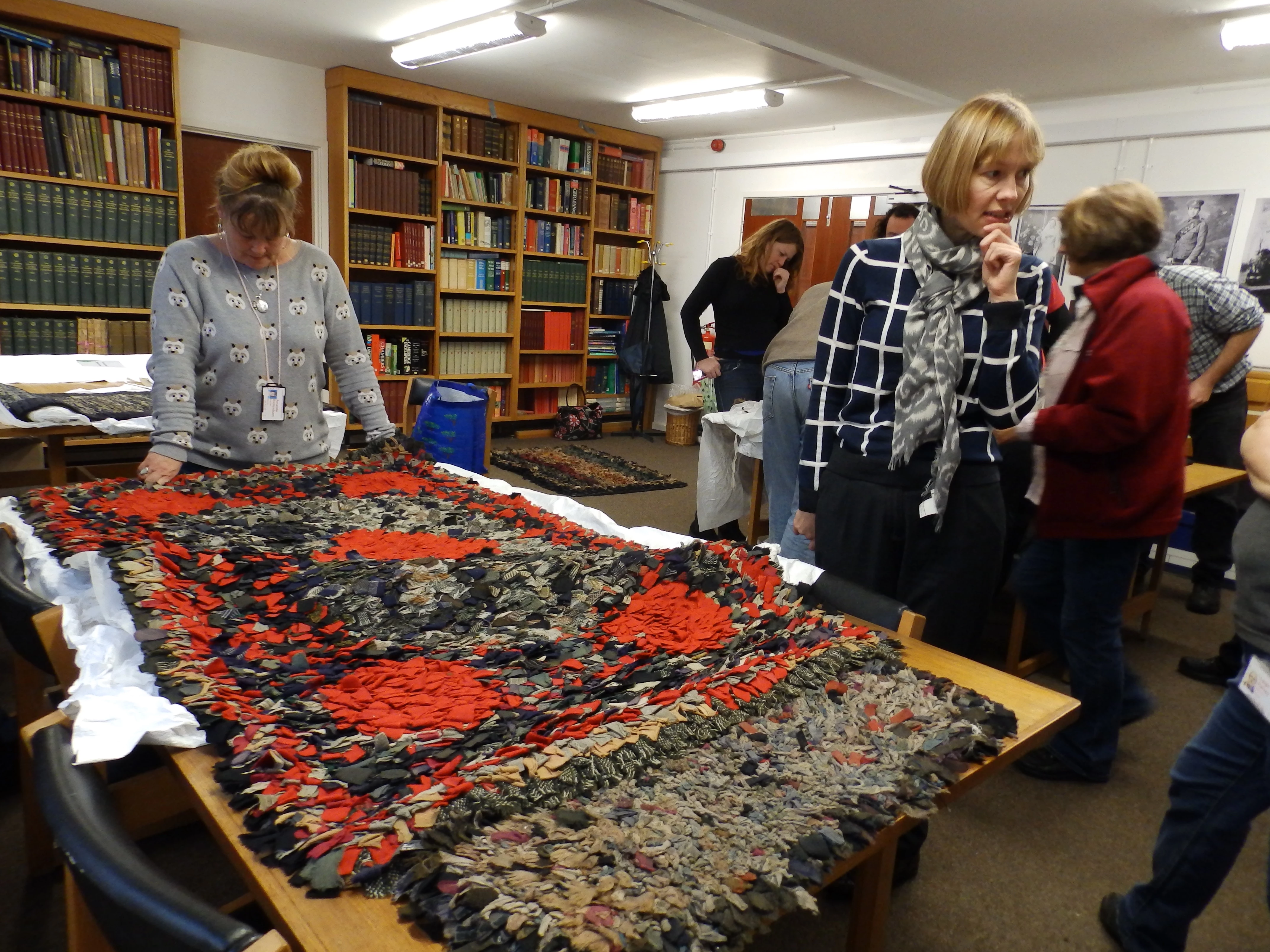I have just begun my fourth week as Principal Curator of Historic Buildings, here at St. Fagans, and this is my first blog post. My background is in archaeology, and more specifically, experimental archaeology.
This type of archaeological investigation tests the theories that have grown out of excavated archaeological evidence. Essentially we try and build something that would leave the same evidence as discovered, if excavated in the future. This challenges our assumptions and raises new questions.
Iron Age Roundhouses
In my time I have built four roundhouses based on the archaeology of Iron Age homes. As the excavated archaeology in many cases is less than 30cm in depth, everything above ground is conjecture derived from the surviving evidence. As you may imagine, trying to figure out the structural details of buildings that haven’t been seen in 2,000 is a challenging yet satisfying task. Therefore, it gives me great pleasure to be part of St. Fagans latest experimental projects – the construction of an Iron Age farmhouse based on evidence from Bryn Eryr in Anglesey, and Llys Llywelyn, a medieval Royal Court based on evidence from Llys Rhosyr, again in Angelsey.
As I write the thatching of the farmhouse is underway, and it won’t be long until the building is watertight. This will be a blessed relief, as the prolonged rain this winter has prevented the buildings 1.8m-thick clay walls from drying as quickly as hoped. Yes, the walls are of solid clay – unlike most excavated roundhouses which had wattle and daub or stone walls. Although such buildings were not uncommon, this is the first reconstruction of this kind of under-represented roundhouse.
A Medieval Prince's Court
The two buildings of Llys Llywelyn have reached chest height, and the Museum’s stonemasons are about to start on the window reveals. The court was discovered in Anglesey and excavated between 1992 and 1996. The surviving masonry stands no more than 1m in height. Therefore, like the farmhouse, this too is a replica based on excavated evidence.
Written records from the period, such as ‘Brut y Tywysogion’ state clearly that there was a Royal Hall at this location, and frequented by Llywelyn ap Iorwerth during the first half of the 13th century. What we do not know for certain, however, is what it looked like. This knowledge comes from the comparative analysis of surviving Royal halls built during the same period, as seen at Conwy castle and the Bishop’s Palace in St. Davids.
As I plan to write regular blog posts to keep you informed of the latest developments, I will also aim to re-cap the work that has already been achieved so that you have a clearer understanding of these remarkable buildings, and our attempts at bringing it back to life.
